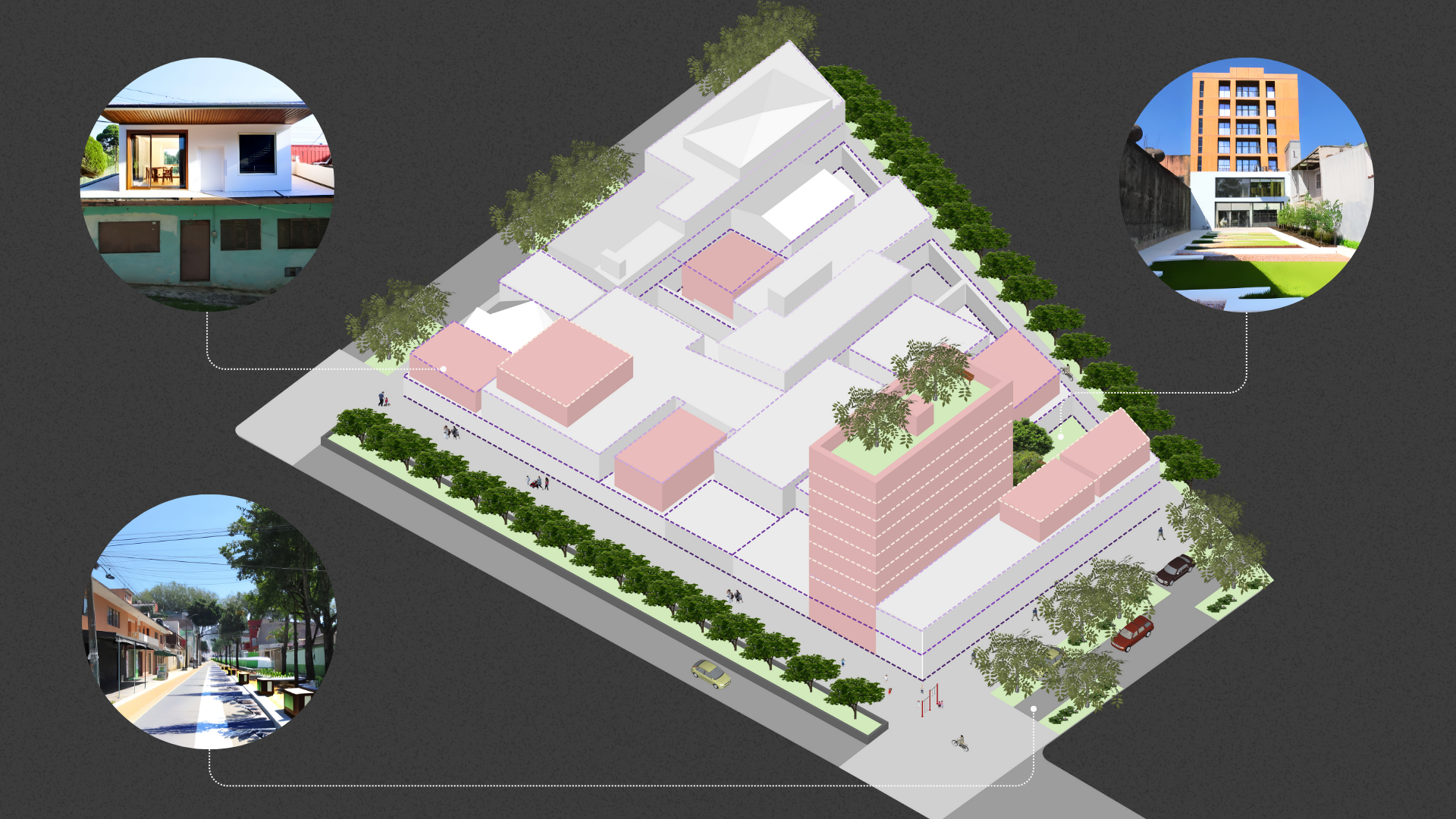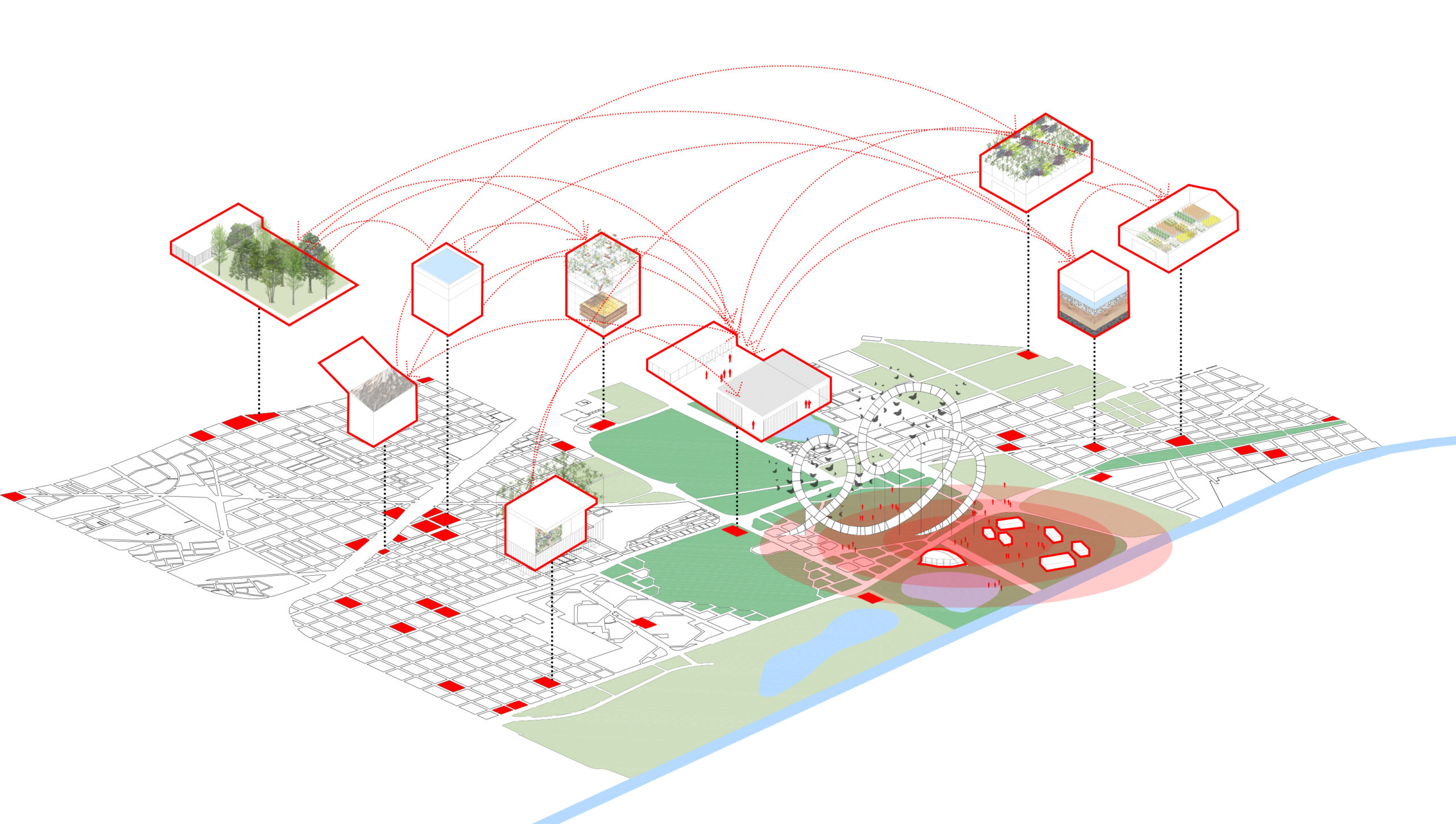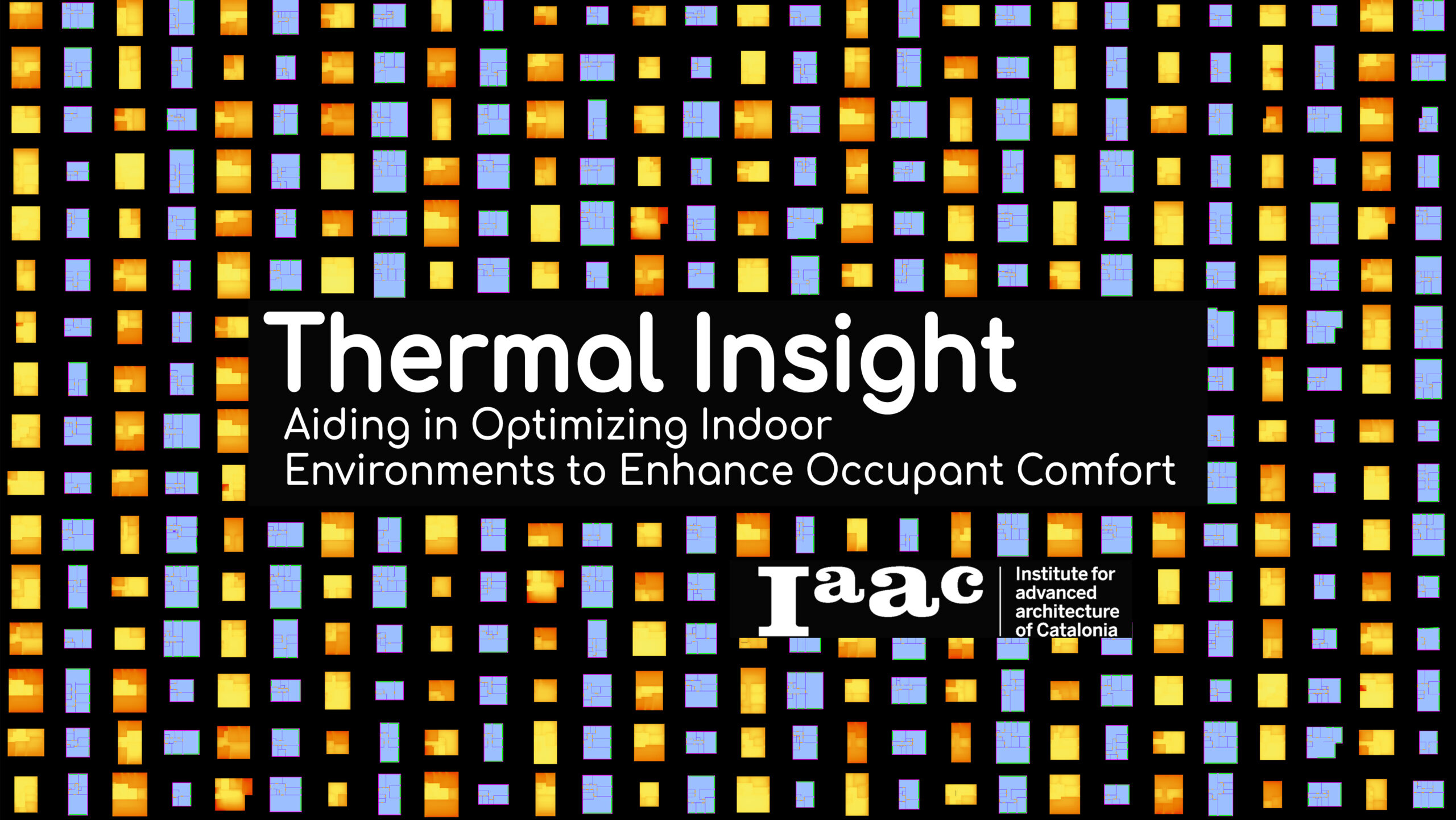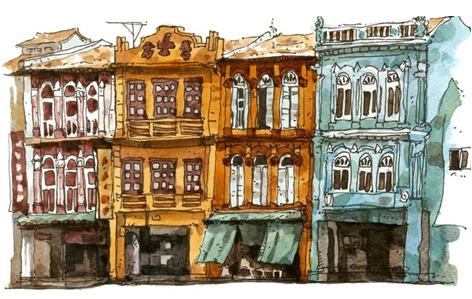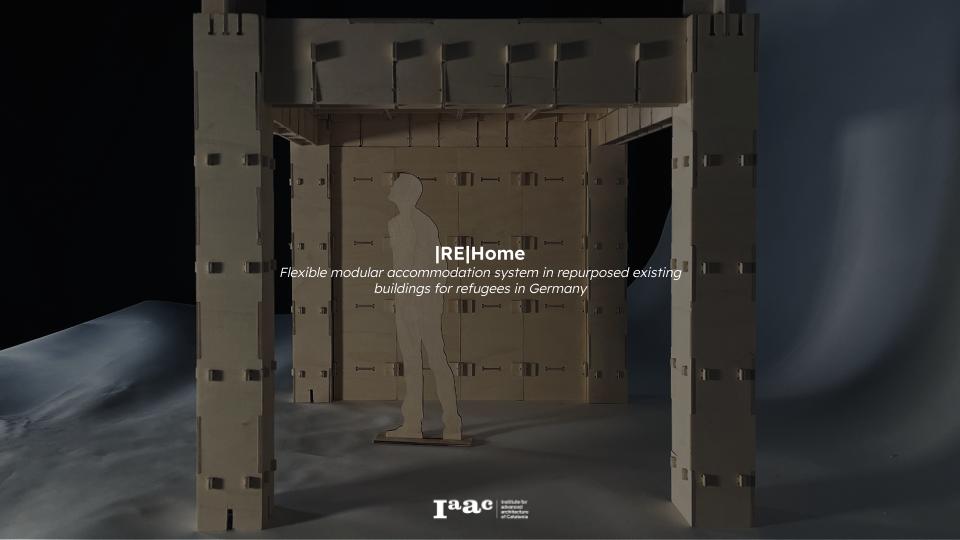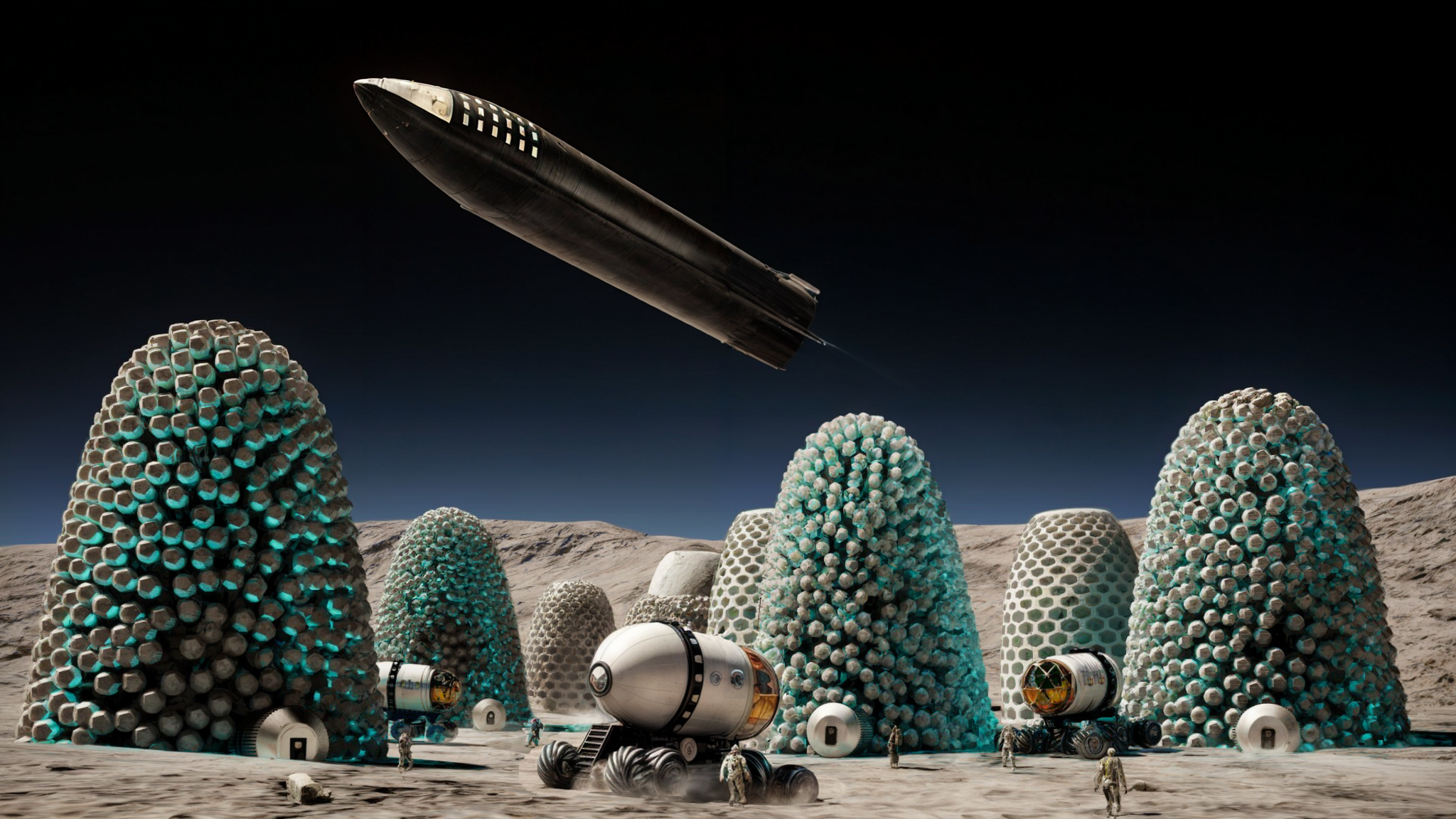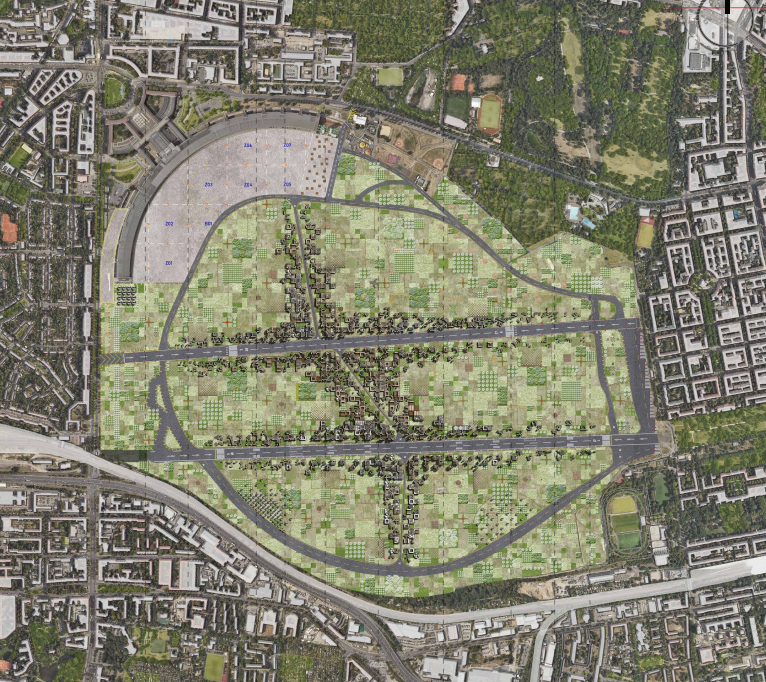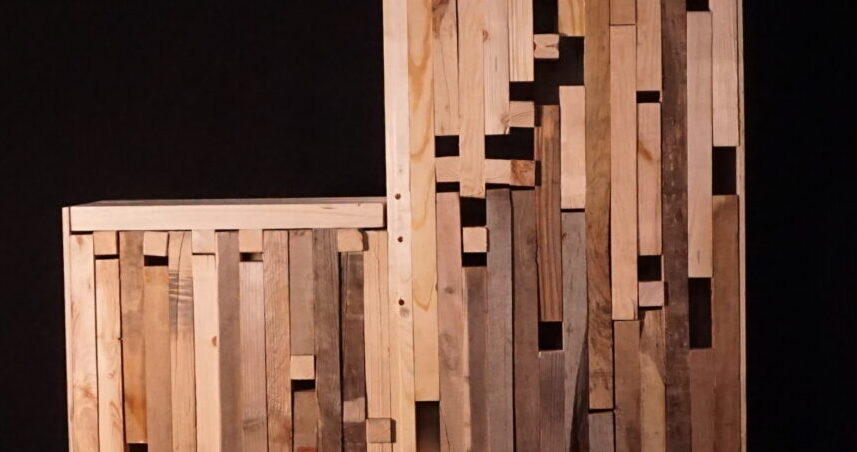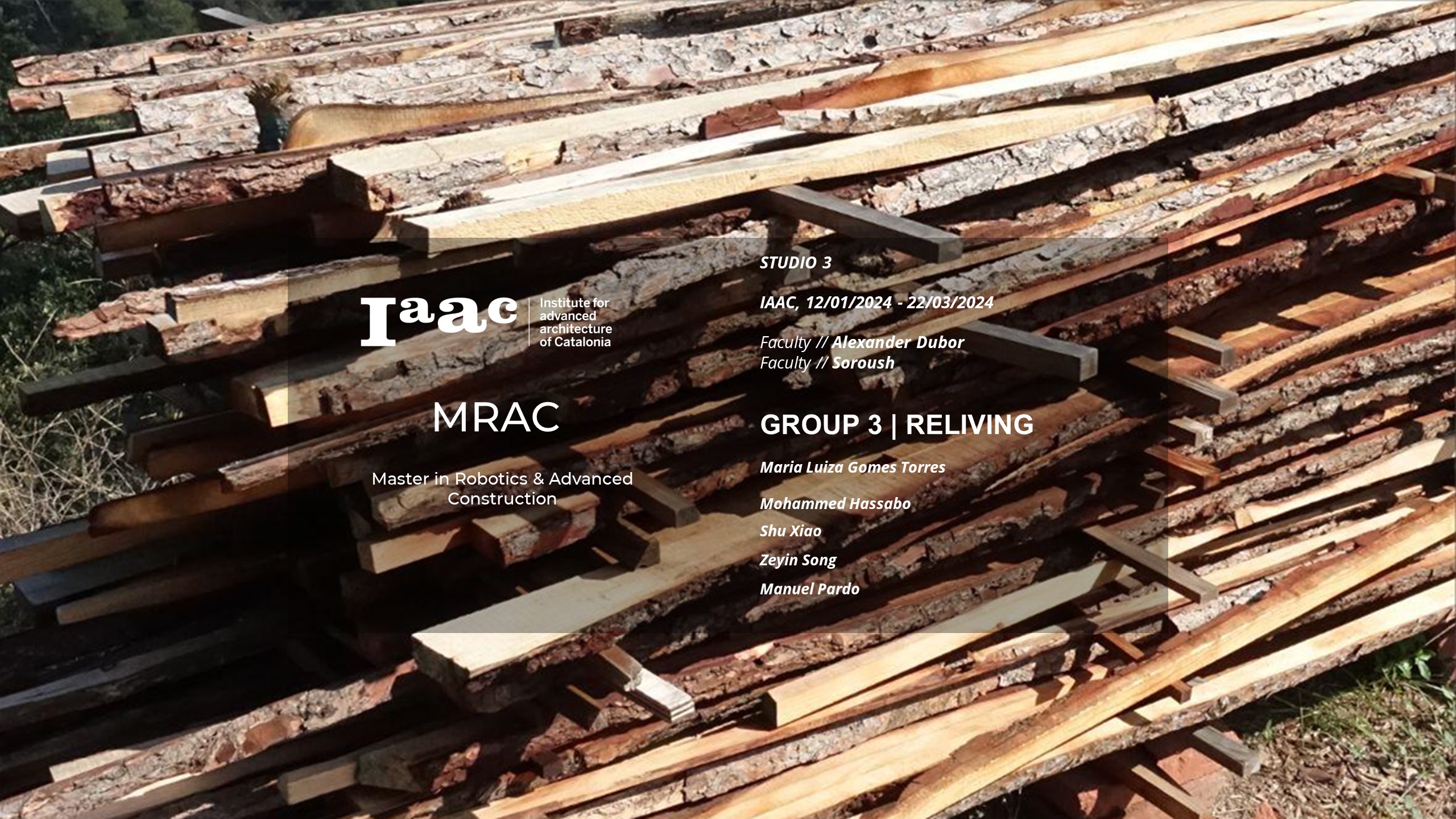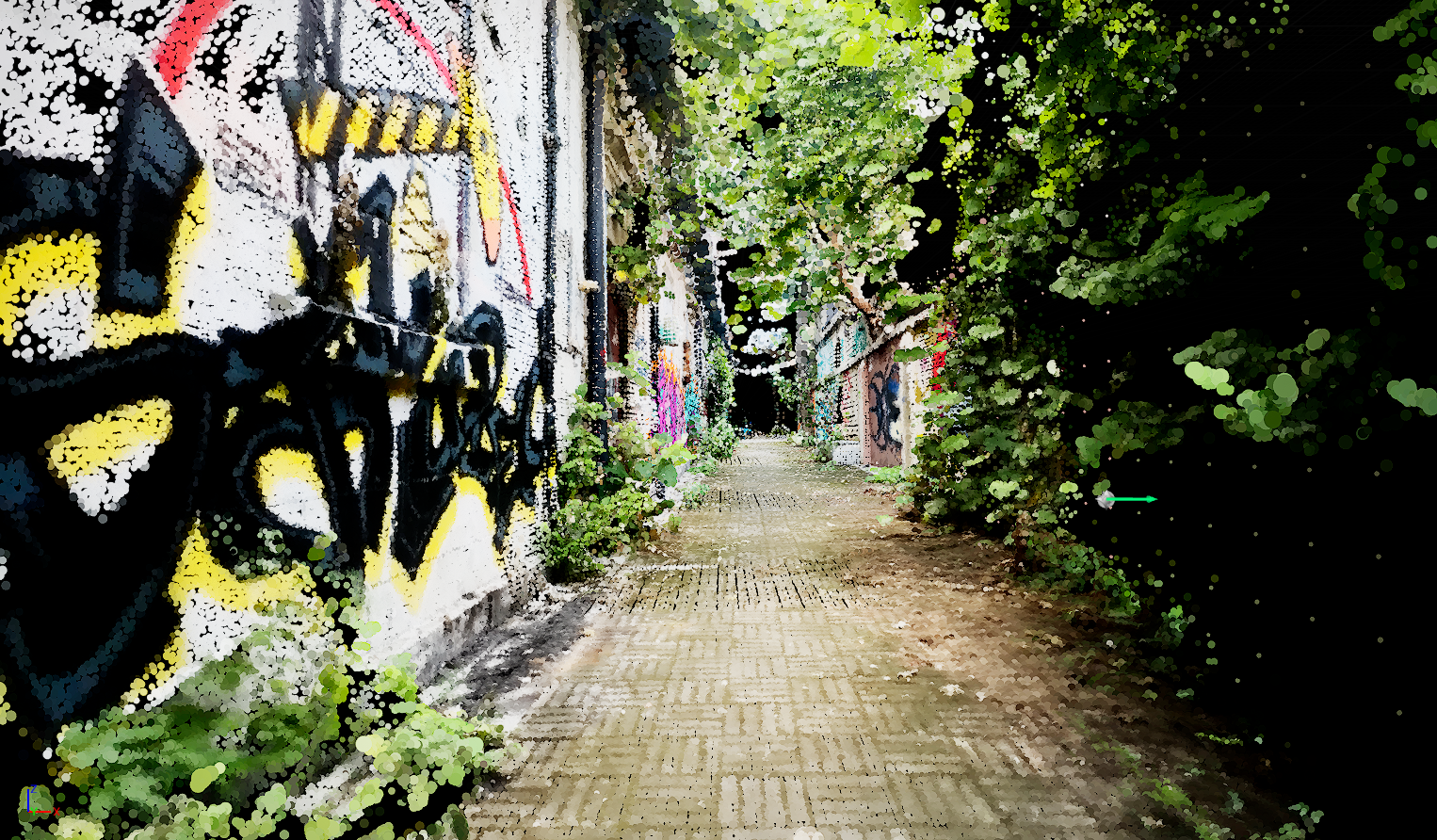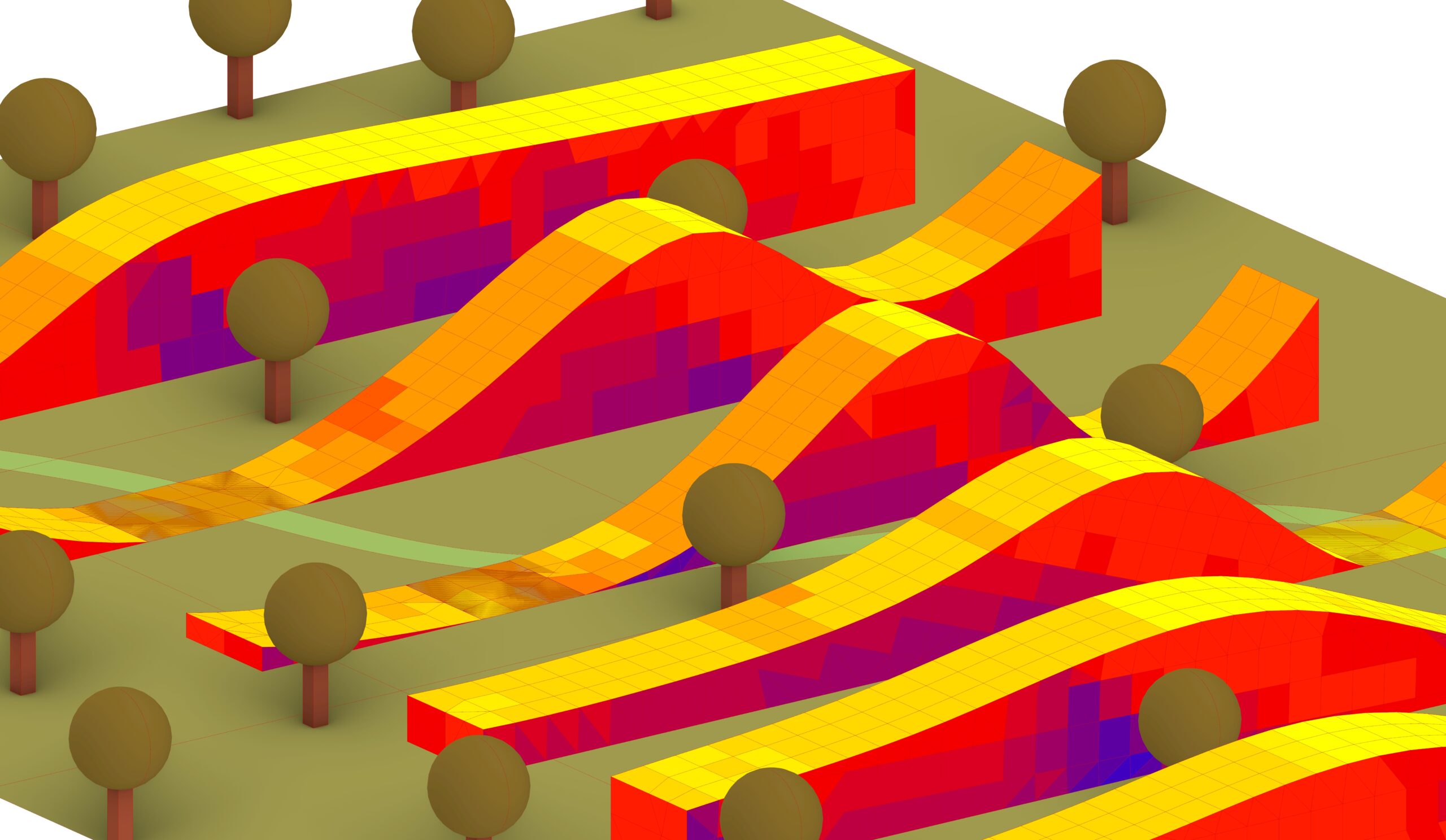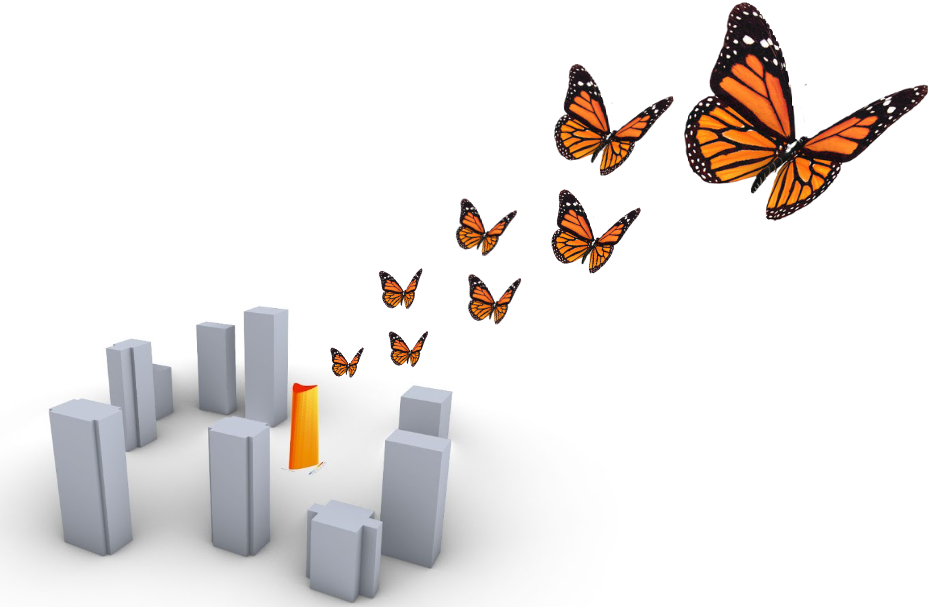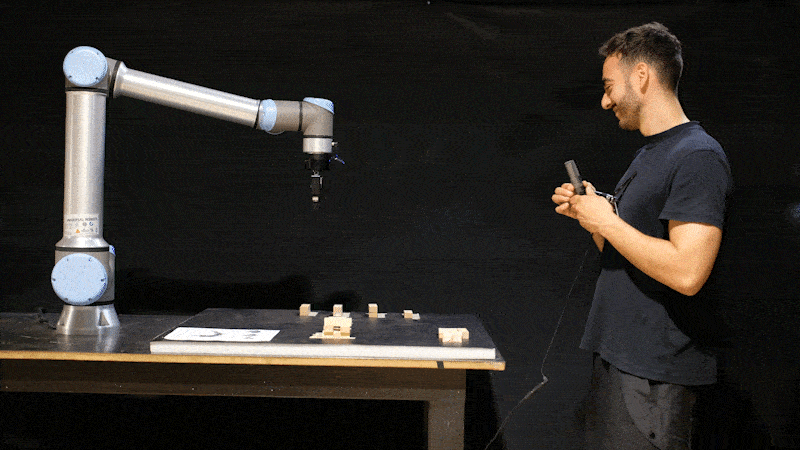Barrio Modelo. Reintroducir la vivienda asequible en los barrios interiores de Xalapa, México
Introducción La ciudad se expande territorialmente y pierde población en su núcleo consolidado. La oferta de vivienda nueva, y particularmente la de Interés Social, existe predominantemente en la periferia, donde hay un déficit de servicios básicos, fuentes de empleo, y accesibilidad. Esto contribuye al deterioro ambiental, agrava los problemas de movilidad y ejerce presiones financieras … Read more

